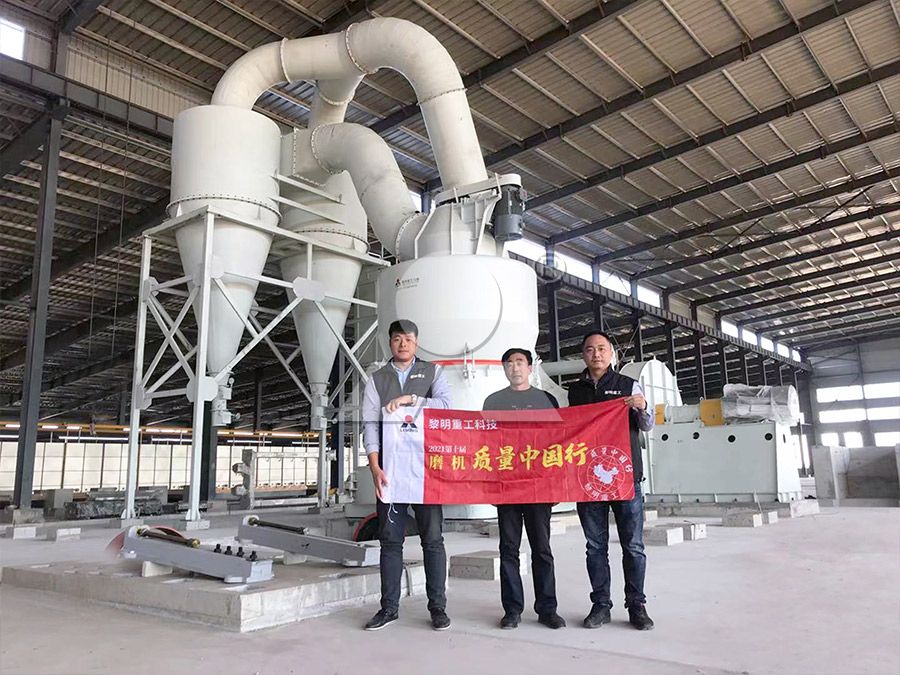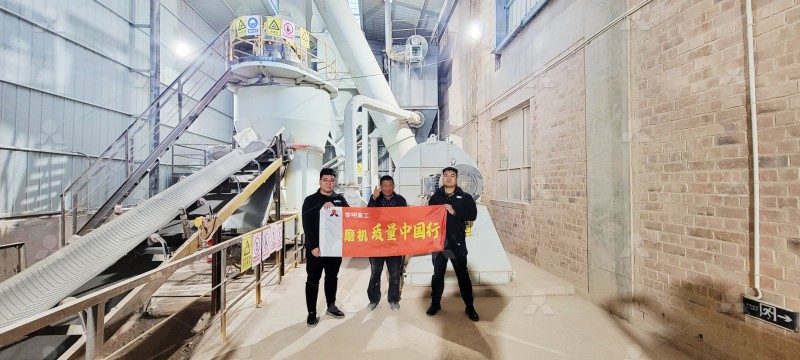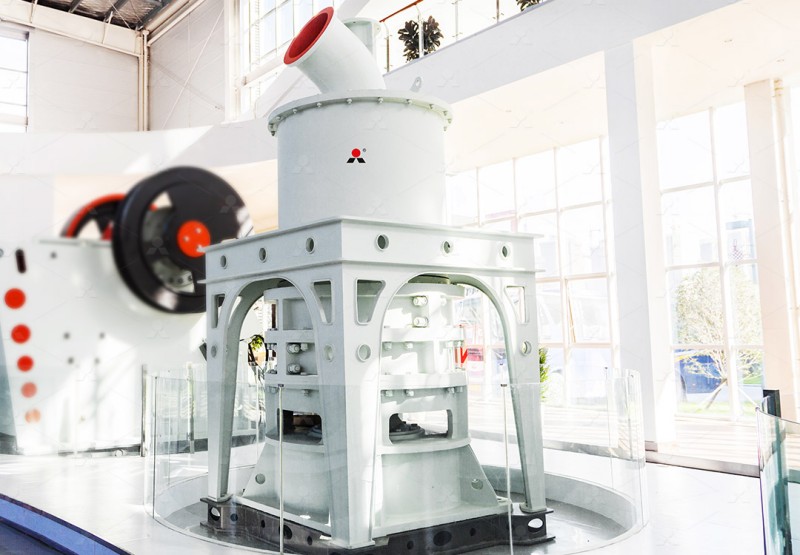Raymond Mill: A Comprehensive Guide to Industrial Grinding Equipment
Raymond Mill: A Comprehensive Guide to Industrial Grinding Equipment
In the world of industrial processing, grinding equipment stands as a cornerstone technology that enables countless manufacturing processes. From mining operations to chemical production, the ability to reduce materials to precise particle sizes is fundamental to product quality and operational efficiency. Among the various grinding solutions available, Raymond Mill technology has maintained its relevance through continuous innovation and adaptation to modern industrial demands.

The Evolution of Grinding Technology
Raymond Mill technology has come a long way since its initial development. What began as a relatively simple mechanical grinding system has evolved into sophisticated equipment capable of handling diverse materials with precision and efficiency. Modern iterations incorporate advanced features like digital controls, automated monitoring systems, and improved energy efficiency that would have been unimaginable in earlier versions.
The fundamental principle remains consistent: materials are fed into a grinding chamber where rotating rollers apply pressure against a stationary ring, crushing the material into fine powder. However, the execution of this principle has been refined through decades of engineering improvements. Today’s mills offer enhanced durability, reduced maintenance requirements, and superior particle size control compared to their predecessors.
Key Considerations in Grinding Equipment Selection
When selecting grinding equipment for industrial applications, several critical factors must be evaluated. Material characteristics including hardness, moisture content, and abrasiveness directly influence equipment choice. Production capacity requirements dictate the size and power of the mill needed. Finished product specifications regarding particle size distribution and purity standards further narrow the selection.
Operational considerations such as energy consumption, maintenance requirements, and floor space constraints also play significant roles in the decision-making process. Environmental factors including dust control and noise emissions have become increasingly important in today’s regulatory landscape. The ideal grinding solution balances all these considerations while providing reliable, cost-effective performance.

Advanced Grinding Solutions for Modern Industry
For operations requiring ultra-fine powder production with exceptional precision, the MW Ultrafine Grinding Mill represents a significant technological advancement. This equipment is specifically engineered for customers who need to produce ultra-fine powder between 325-2500 meshes. With an input size capability of 0-20 mm and capacity ranging from 0.5-25 tph, this machine handles materials including limestone, calcite, dolomite, petroleum coal, gypsum, barite, marble, talc, and various chemical industry applications.
The MW series incorporates several innovative features that set it apart from conventional grinding mills. Its newly designed grinding curves for the grinding roller and ring enhance efficiency significantly. Compared to jet grinding mills and stirred grinding mills with the same fineness and power specifications, the MW Ultrafine Grinding Mill achieves 40% higher production capacity while consuming only 30% of the energy. The absence of rolling bearings and screws in the grinding chamber eliminates concerns about bearing damage or loose screws causing machine failure.
Another notable solution for specialized applications is the LUM Ultrafine Vertical Grinding Mill, which integrates ultrafine powder grinding, grading, and transporting in a single system. With an input size of 0-10 mm and capacity of 5-18 tph, this mill employs the latest grinding roller technology and German powder separating technology to deliver exceptional performance for superfine dry powder production of non-metal ores.
Operational Excellence and Maintenance Considerations
Proper operation and maintenance are crucial for maximizing the service life and performance of any grinding equipment. Regular inspection of wear parts, appropriate lubrication practices, and monitoring of operational parameters ensure consistent product quality and prevent unexpected downtime. Modern mills incorporate features that simplify maintenance, such as external lubrication systems that allow operation without shutdown and reversible structures that facilitate easy access to internal components.
The integration of efficient pulse dust collectors and mufflers in contemporary grinding mills addresses environmental concerns by minimizing dust emissions and reducing noise pollution. These features not only ensure compliance with environmental regulations but also create safer, more comfortable working conditions for operational staff.

Future Trends in Grinding Technology
The future of industrial grinding equipment points toward greater automation, enhanced energy efficiency, and improved connectivity. Smart monitoring systems that predict maintenance needs, self-adjusting grinding parameters based on material characteristics, and remote operational capabilities are becoming standard features in advanced grinding systems. The integration of artificial intelligence and machine learning algorithms promises to further optimize grinding processes, reducing energy consumption while improving product consistency.
As industries continue to demand finer powders with tighter particle size distributions and higher purity standards, grinding equipment manufacturers are responding with increasingly sophisticated solutions. The ongoing development of new materials for wear parts, improved classification systems, and more efficient grinding geometries will continue to push the boundaries of what’s possible in particle size reduction technology.
Frequently Asked Questions
What is the typical lifespan of grinding mill components?
With proper maintenance, the major components of modern grinding mills can last for several years. Grinding rollers and rings typically require replacement every 1-2 years depending on material abrasiveness and operating hours.
How does the MW Ultrafine Grinding Mill achieve higher energy efficiency?
The MW series incorporates optimized grinding curves and an advanced cage-type powder selector that reduces energy consumption by up to 70% compared to conventional jet mills while maintaining high production capacity.
Can grinding mills handle materials with high moisture content?
While some mills can accommodate moderately moist materials, excessive moisture typically requires pre-drying. Certain models integrate drying capabilities, but specific limitations depend on the mill design and material characteristics.
What safety features are incorporated in modern grinding equipment?
Contemporary mills include multiple safety systems such as vibration monitoring, temperature sensors, pressure relief mechanisms, and emergency stop functions to protect both operators and equipment.
How important is particle size distribution in grinding operations?
Particle size distribution is critical as it affects product performance in downstream processes. Modern mills with advanced classification systems can produce tightly controlled distributions to meet specific application requirements.
